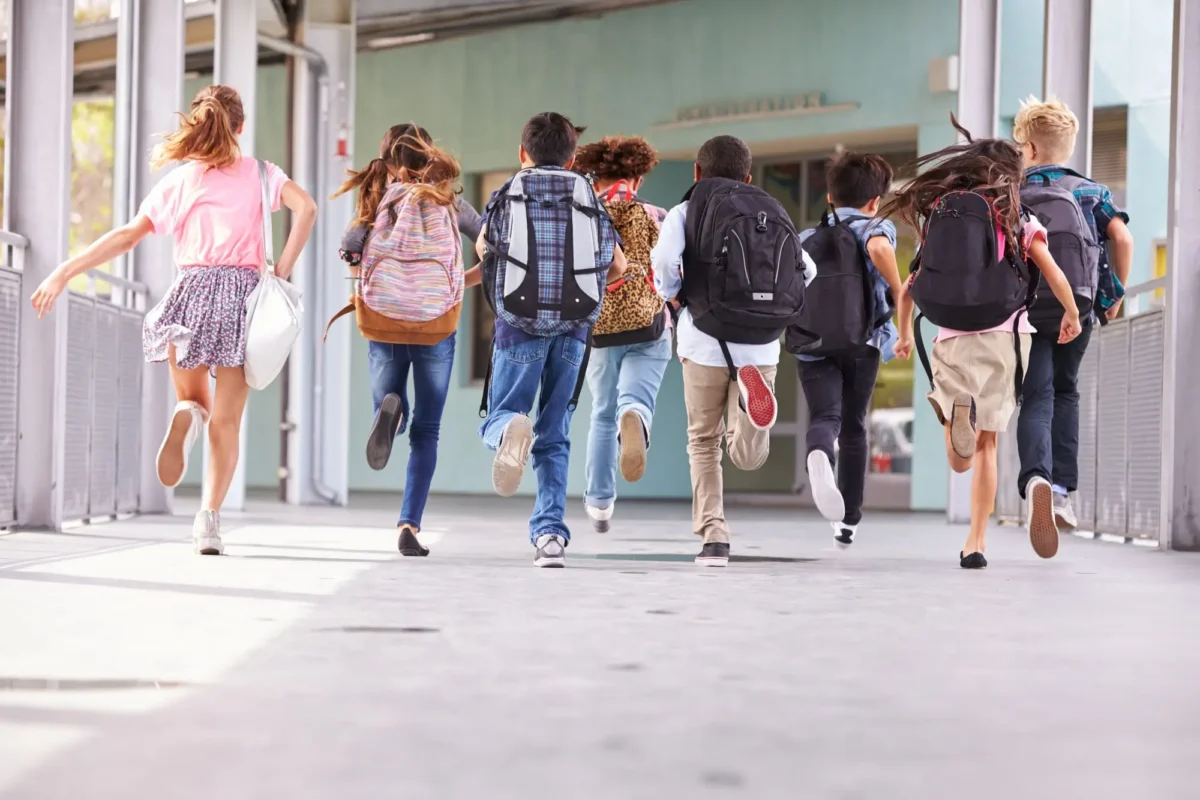Write a “Welcome Back from Spring Break” Newsletter!

As spring break comes to an end, helping students (and their families) transition back into school routines smoothly is essential. One of the best ways to do this is by sending a Welcome Back from Spring Break newsletter. Not only does it provide essential updates and information, but it also sets a positive tone, reminding families that their children are valued members of the school community. This feeling of belonging is critical, especially in combating absenteeism.
Fun Fact: The Power of “Welcome”
Emails with the word “Welcome” in the subject line have an 80% higher open rate than other emails. It’s a small word with a big impact, especially when it comes to grabbing attention and fostering inclusion. A Welcome Back from Spring Break newsletter is the perfect opportunity to leverage this, ensuring your communication is read and embraced by families.
By welcoming students back in your newsletter, you’re not just sharing information but also reinforcing the message that your school is a safe, supportive, and engaging environment. This connection encourages attendance, which is crucial for student success and overcoming issues like chronic absenteeism.
Why a “Welcome Back” Newsletter is Important
A Welcome Back newsletter serves several key purposes beyond delivering logistical updates. Here’s why it’s an important tool for your school:
- Fosters a Sense of Belonging
A simple “Welcome Back” reminds students and their families that they are missed and valued. This sense of belonging is vital for student engagement and helps combat absenteeism, which often stems from a lack of connection to the school community. - Re-establishes Routine
After a break, families may fall out of sync with school schedules. A well-timed newsletter helps everyone get back on track by providing the necessary details about schedules, deadlines, and important dates. This helps both students and parents ease back into the school rhythm. - Boosts Engagement
Sharing updates on upcoming events, resources, and celebrations keeps both students and families excited and involved. This engagement can set a positive tone for the remainder of the school year and build momentum. - Strengthens Communication with Parents
Consistent, clear communication builds trust between the school and families. A Welcome Back newsletter shows that you are keeping parents informed and helping them prepare for the next steps. This transparency is key to maintaining strong relationships with families.
Key Information to Include in Your Welcome Back Newsletter
Now that we’ve covered the importance of a Welcome Back from Spring Break newsletter, let’s dive into what you should include to make it effective:
1. Return Date
Always start with the basics! Clearly state the return date at the top of your newsletter. Families are juggling multiple schedules, so a simple reminder of when school resumes ensures everyone is on the same page.
2. First Week’s Schedule
One of the top concerns after any break is, “What’s the schedule?” Make sure to include a detailed first-week schedule, noting any changes to routines, special events, or important deadlines. This helps families plan ahead and ensures students return prepared.
3. First Week’s Lunch Menu
While it might seem like a small detail, families appreciate knowing what’s on the first-week lunch menu. This helps parents plan meals at home and alleviates any last-minute surprises for students. Including the menu also adds a practical, helpful touch to your newsletter.
4. Upcoming Events
Highlight any upcoming events that students and families need to be aware of. Whether it’s a school assembly, parent-teacher conferences, or a field trip, sharing these details well in advance helps families stay organized and engaged.
5. Celebrating Teachers and Students
Take a moment to celebrate teachers and students in your newsletter. Whether it’s highlighting student achievements or recognizing staff for their hard work, showcasing these successes builds community pride. It’s also a great way to boost morale as everyone returns from the break.
6. Helpful Family Resources
Lastly, include a family resource that aligns with your school’s priorities. For example, if your focus is on student wellness, share a tip sheet on social-emotional learning (SEL) or a guide for supporting mental health during the school year. Providing practical resources shows families you are invested in their well-being, not just academically but holistically.
Subscribe to Smore Blog
Get the latest posts delivered right to your inbox






